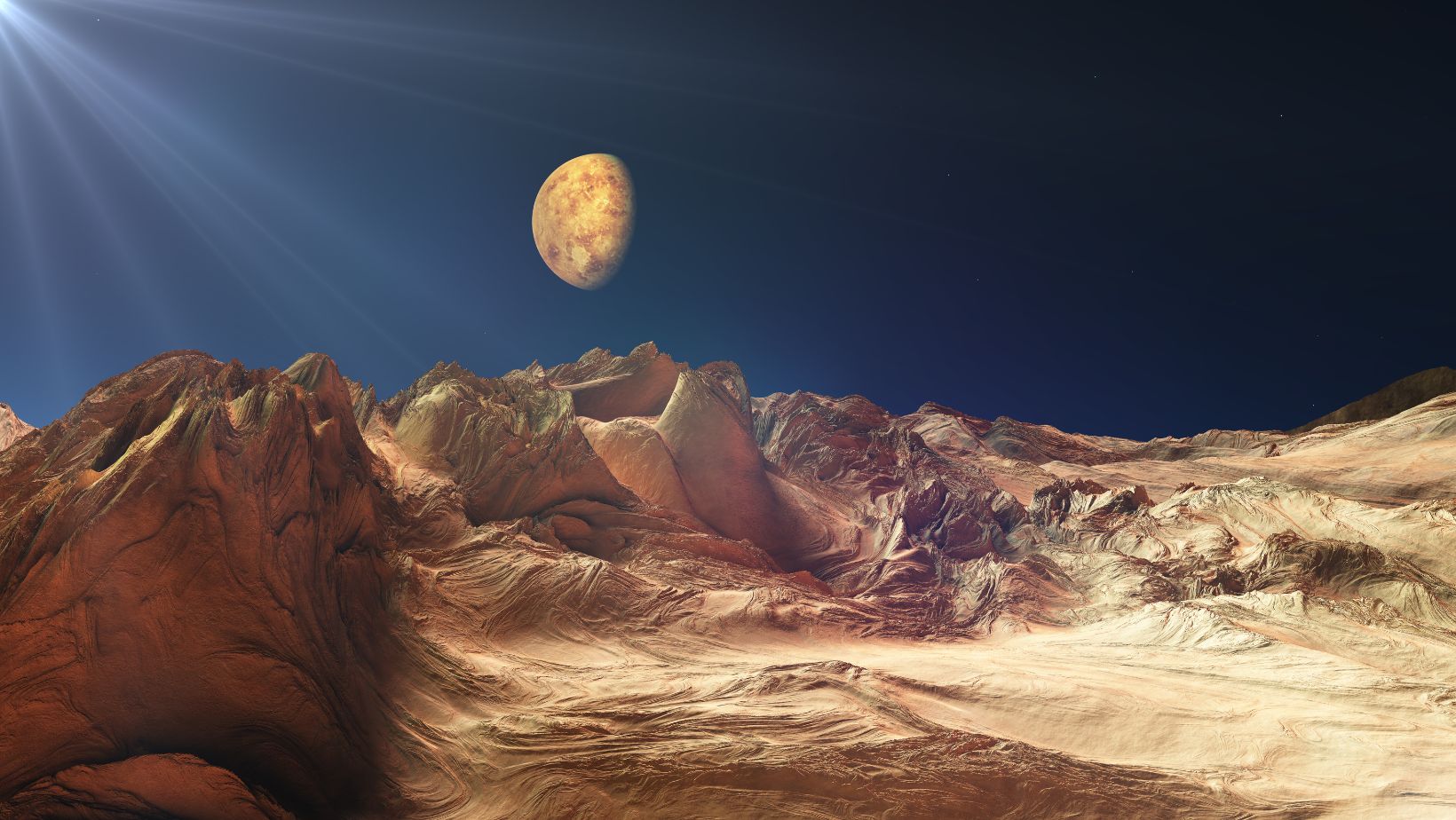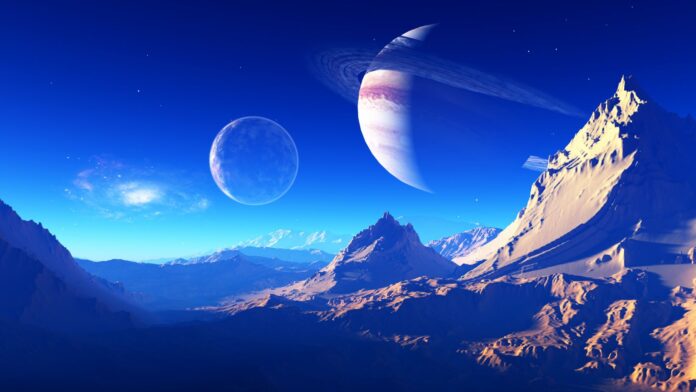As an expert in the field of astronomy, I have witnessed firsthand the incredible impact that space photography has had on our understanding of the universe. The ability to capture images from space has revolutionized the way astronomers conduct their research and has provided us with a wealth of valuable data. In this article, I will delve into how space photography has helped astronomers in their quest to unravel the mysteries of the cosmos.
Exploring the Cosmos through Photography
Early Days of Space Photography
During the early days of space exploration, astronomers relied heavily on ground-based telescopes to observe and study celestial objects. However, the limitations of Earth’s atmosphere posed significant challenges in capturing clear and detailed images of the cosmos. It wasn’t until the advent of space photography that astronomers were able to overcome these obstacles and revolutionize the field of astronomy.
Revolutionary Technology: Hubble Space Telescope
One of the most iconic and influential instruments in space photography is the Hubble Space Telescope. Launched into orbit in 1990, the Hubble revolutionized our perception of the universe and transformed our understanding of its fundamental properties. Equipped with advanced optics and imaging capabilities, the Hubble captured breathtakingly detailed images of distant galaxies, revealing their intricate structures and providing valuable insights into their formation and evolution.
The Hubble’s ability to observe celestial objects across a wide range of wavelengths, from ultraviolet to infrared, allowed astronomers to explore the universe in ways that were previously unimaginable. By studying the light emitted by different cosmic objects, astronomers could analyze their composition, temperature, and motion, providing crucial information about their physical properties and behavior.
The Hubble also played a pivotal role in confirming the existence of exoplanets, planets orbiting stars outside our solar system. By carefully analyzing the tiny changes in light as exoplanets passed in front of their host stars, astronomers were able to detect and characterize these distant worlds. This groundbreaking discovery opened up new possibilities for the search for life beyond Earth and sparked a renewed interest in the field of exoplanet research.

How Did Space Photography Help Astronomers
Unveiling the Mysteries of the Universe
Space photography has played a pivotal role in unraveling the mysteries of the universe, enabling astronomers like myself to explore celestial objects in unprecedented detail. Through the lens of powerful telescopes like the Hubble Space Telescope, we have been able to capture breathtaking images that have deepened our understanding of the cosmos.
By capturing the light emitted by distant galaxies, space photography has allowed us to study their composition, structure, and evolution. We can analyze the different colors and patterns in these images to determine the age and distance of galaxies, providing important insights into the formation and development of the universe itself.
Furthermore, space photography has helped us study the behavior of celestial objects, such as supernovae and quasars. These powerful events emit intense bursts of energy, and by capturing their visual signatures, we can learn about the underlying physical processes at work.
Quantifying Stellar Evolution
One of the most significant contributions of space photography to astronomical research has been its role in quantifying the process of stellar evolution. By capturing high-resolution images of stars at various stages of their lifecycle, we can study the changes they undergo and gain insights into the fundamental processes that govern their existence.
Through space photography, we have been able to observe and document the birth of stars in dense nebulae. These images reveal the intricate interplay of gravity, gas, and dust that give rise to new stars, shedding light on the origins of stellar systems like our own.
Additionally, space photography has allowed us to study the later stages of stellar evolution, such as the explosive supernova events that mark the end of massive stars. These cataclysmic events release enormous amounts of energy and materials into space, shaping the surrounding environment and contributing to the formation of new cosmic structures.
Detecting Exoplanets
Space photography has revolutionized our ability to detect exoplanets, planets that orbit stars outside our solar system. By capturing the faint light reflected by these distant worlds, we can identify their presence and gather valuable data about their characteristics.
Through the use of advanced imaging techniques, space telescopes have been able to directly image some exoplanets, providing us with valuable insights into their atmospheres and surface features. This information helps us determine if these planets could potentially support life as we know it.
Space photography has been instrumental in advancing our understanding of the universe. By unveiling the mysteries of the cosmos, quantifying stellar evolution, and detecting exoplanets, it has provided astronomers with a wealth of data and insights. As technology continues to improve, we can only expect space photography to play an even greater role in future astronomical research, opening up new frontiers of knowledge and discovery.


